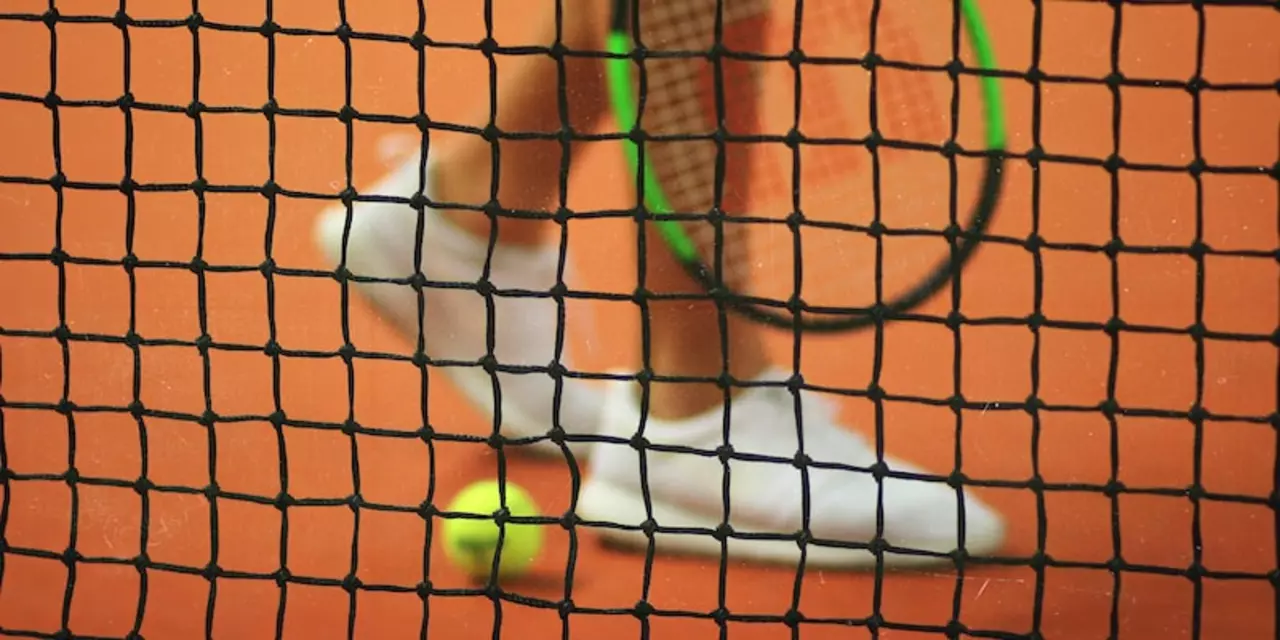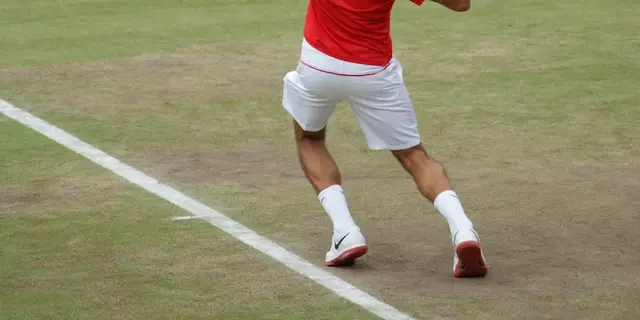Tennis Strategy Made Simple: What Works on the Court
If you want to win more points, you need more than just a fast swing. A solid strategy tells you where to stand, when to attack, and how to stay one step ahead of your opponent. Below are the everyday tactics that even club players can use right away.
1. Master the Ready Stance and Serve Return
Most players forget that the way you bend your knees when the server tosses the ball sets the tone for the whole rally. A low, balanced stance lowers your centre of gravity, letting you explode toward either side. When you do this, you’ll notice faster footwork and a more confident first strike.
For the return itself, aim for the opponent’s weaker side. If they’re right‑handed, a backhand return often forces a weaker reply. Keep the ball deep, around the service line, so they can’t rush the net. A quick, low bounce also makes it harder for them to attack.
2. Pick Your Court Position Wisely
Every surface rewards a different style. On slower courts, like the Australian Open this year, longer rallies mean you should stay a few steps behind the baseline. That gives you extra time to react and lets you hit the ball at the top of its bounce for maximum control.
On faster hard courts, take the ball earlier. Step forward and meet the ball at waist height – this compresses the opponent’s reaction window and lets you dictate pace. Think of Novak Djokovic’s hard‑court game: he grabs the ball early, moves like a dancer on roller skates, and then snaps a powerful, well‑placed shot.
Switching tactics mid‑match is also key. If you notice your opponent struggling with low balls, adjust by hitting slice shots that stay near the net. If they’re quick on the run, pull them back with deep, heavy topspin. The ability to read the match and change your positioning keeps you ahead.
Beyond the basics, remember to hydrate, stay relaxed, and keep a short mental checklist between points: ready stance, split step, target, and breathe. Those tiny habits turn a good strategy into a winning habit.
Ready to try these ideas? Grab your racket, hit the court, and test each tip one at a time. You’ll feel the difference in your footwork, shot selection, and confidence. The next time you step onto the baseline, you’ll know exactly what to do – and that’s the real power of a solid tennis strategy.

How to keep score in tennis and why is it dome that way?
Tennis scoring can be complicated and confusing, but understanding it is key to enjoying the game. Scoring in tennis is done in a game system, where points are awarded for winning a rally, and the winner of each game is the player who first reaches four points. Scoring continues until one player reaches six games, with a margin of two games. A set is won when one player reaches six games, but with a margin of two games. Finally, a match is won when one player wins two sets out of three (or three sets out of five). Knowing the scoring system allows players to keep track of the game, and allows for more strategy and a more enjoyable experience.
Detail



